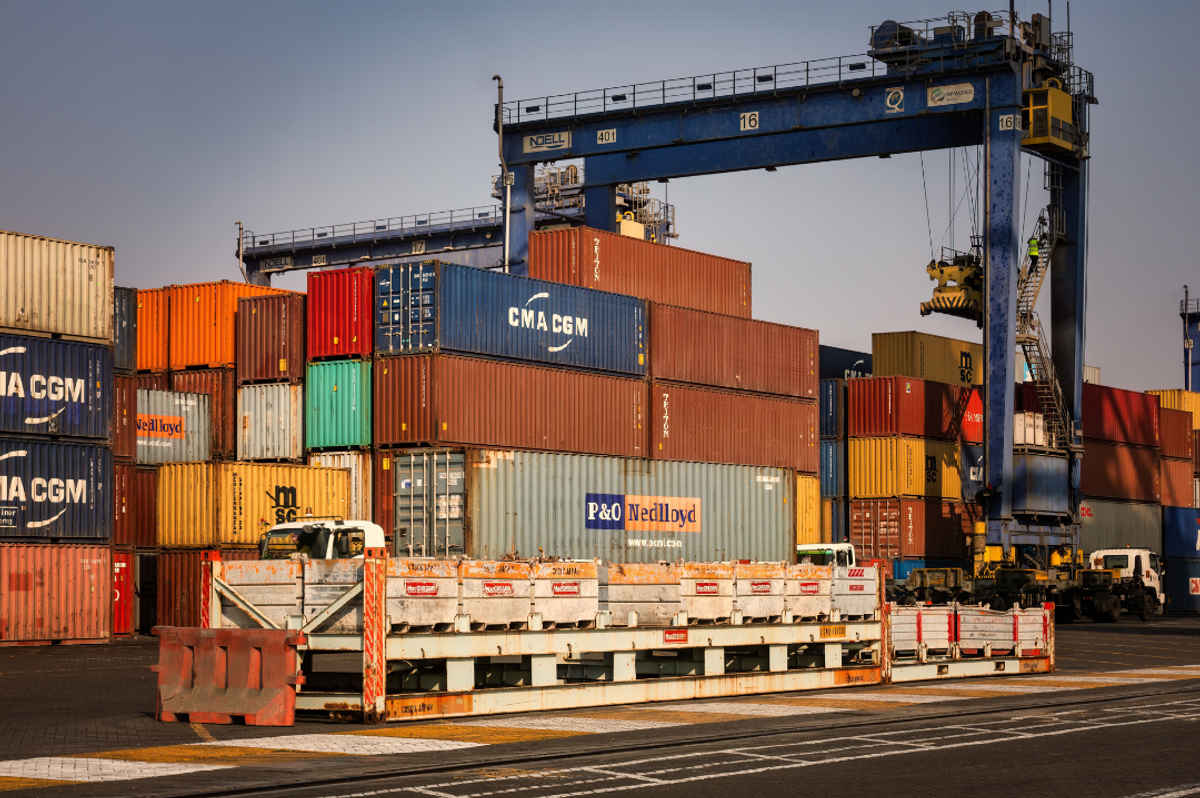Pakistan’s trade deficit widens to $26.3 billion
Despite export gains, 9% jump in annual deficit signals growing external strain
Nida Gulzar
Research Analyst
A distinguished economist with an M. Phil. in Applied Economics, Nida Gulzar has a strong research record. Nida has worked with the Pakistan Business Council (PBC), Pakistan Banks' Association (PBA), and KTrade, providing useful insights across economic sectors. Nida continues to impact economic debate and policy at the Economist Intelligence Unit (EIU) and Nukta. As a Women in Economics (WiE) Initiative mentor, she promotes inclusivity. Nida's eight 'Market Access Series papers help discover favourable market scenarios and export destinations.

The annual export figure clocked in at $32.11 billion, reflecting a 4.7% increase compared to $30.68 billion in FY24.
Pakistan’s trade deficit widened to $26.27 billion in the fiscal year 2024-25 (FY25), up 9% from last year, as import growth outpaced the country’s modest export recovery, according to the data released by the Pakistan Bureau of Statistics (PBS).
The annual export figure clocked in at $32.11 billion, reflecting a 4.7% increase compared to $30.68 billion in FY24. Meanwhile, imports rose by 6.6%, reaching $58.38 billion, up from $54.78 billion the year earlier.
That imbalance pushed the full-year trade gap to its highest in two years—even though monthly trade data in May and June had shown signs of narrowing.
What’s driving the widening gap?
While the export performance has shown year-on-year improvement, largely driven by textiles and some non-traditional sectors, it hasn’t been strong enough to offset the steady climb in imports—particularly energy, capital goods, and food-related items.
In June alone, exports stood at $2.54 billion, while imports clocked in at $4.87 billion, resulting in a monthly trade deficit of $2.32 billion. This marked a second consecutive month of monthly deficit contraction, but not enough to reverse the full-year trend.
Despite a pickup in exports, FY25 ended with a bigger trade gap than the year before—signaling that Pakistan’s external imbalances remain unresolved. Sustained progress will depend on export diversification, energy import substitution, and a consistent macroeconomic policy environment.










Comments
See what people are discussing